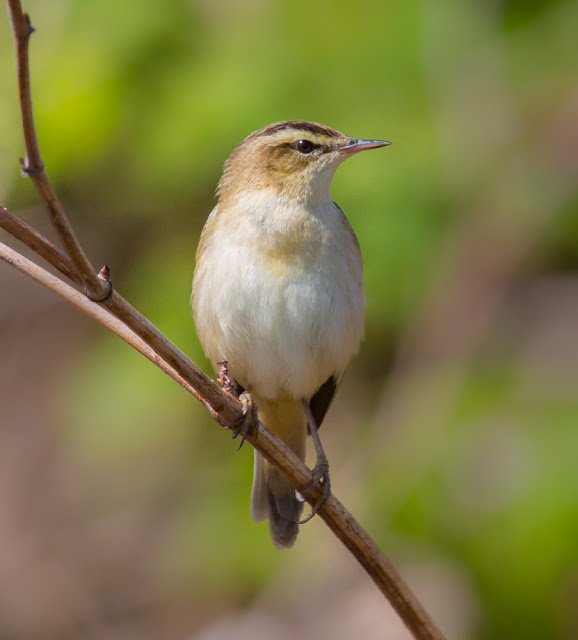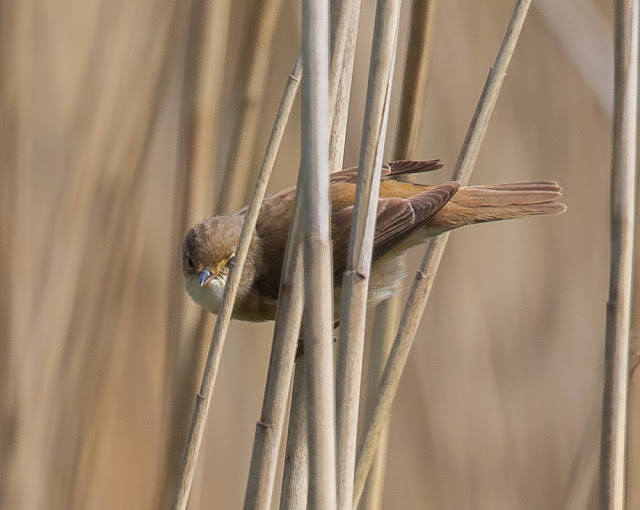Above: sedge and reed warblers showed well early in the month.
Note: this was written back in May, but delayed until I could process some photos to add.
It's been a busy few weeks with family stuff, but I've managed to do a few trips out to catch some nice birds, and to try and get better shots of some I'd already encountered.
A kestrel carries a rodent kill - I didn't realise this until I sorted through the photos at home.
The torrent of passage migrants has finally tailed off at home, and most trees are in full leaf now, so the golden period of spring is over. However, it's been a chilly month, so things have been delayed, which is to my advantage.
Above: a montage of martins and swallows feeding over the park lake.
Below: a swift.
A couple of species that are guaranteed here in mid-late May are spotted flycatcher and common sandpiper - the latter will stay on in various places, but the former usually only passes through for a week or less. Five flycatchers turned up at the park, but only one was visible when I arrived - but it gave me my best ever views. The sandpiper was much more distant, but I don't mind - it's just good to see them back.
A spotted flycatcher.
A male scaup has become very tame on the marine lake down the coast, and again provided wonderful photo opportunities. I went down a couple of times, visiting the nearby dunes as well, which provided a few treats. An unreported female whinchat, a loudly singing (if frustratingly hard to see) lesser whitethroat, and a nice flock of breeding plumage small waders (dunlin, ringed plovers, and a handful of sanderlings) were the highlights. Towards the end of the month, my bird mentor David took us to Martin Mere, my first time there, and although we missed the bird that had enticed him out (a white-winged (black) tern), we saw an almost-as-rare Temminck's stint, and nearby a couple of farmland species I've never managed to find, corn bunting and yellow wagtail. Not to mention excellent close (albeit obscured) views of roosting tawny owls (my first sightings, as opposed to just hearing their calls), exceptionally distant breeding plumage little ringed plovers, a barn owl hunting mid morning, dozens of swifts, and lots of nice avocets. We stopped off at the local tern colony on the way back, but it's still early in the season, and they haven't started laying yet. I will return there next month.

A whinchat I found myself!
Finally, I nipped up to Silverdale - ostensibly for rare orchids, but I caught the ever-reliable marsh tits to add to the list.
This male scaup has become a local fixture.
May 2015
13 species (3 lifers) - year total 143
Arctic tern
Barn owl
Common sandpiper
Common tern
Corn bunting
Little ringed plover
Marsh tit
Scaup
Sedge warbler
Spotted flycatcher
Swift
Temminck's stint
Yellow wagtail
Above: a very poor quality but still diagnostic shot of the Temminck's stint.
Below: more good birds from in and around Martin Mere.
Below: avocet, my first ever self-discovered Mediterranean gull, and lady's slipper orchids, a good end to the month.



























































